"Just so we're clear, the hippies did not invent tie-dye. Yes, they may have perfected the psychedelic variety and forever linked the technique to the Summer of Love, but tie-dyeing is actually an ancient method used all over the world. Japanese shibori has been around since the eighth century. Tie-dyeing is also found in Peru, India, Africa and Indonesia.
Tie-dying can produce subtle rippling patterns. It's the perfect wabi-sabi* (see below) art, because it can never be controlled 100 percent. Every piece of tie-dye is unique.
In decorating it adds soft, organic shape and texture. It can be modern, bohemian, colorful or neutral.
Here are 11 examples of tie-dye on cushions, walls, beds and rugs. And there's hardly a hippie room among them.
Tie-dying can produce subtle rippling patterns. It's the perfect wabi-sabi* (see below) art, because it can never be controlled 100 percent. Every piece of tie-dye is unique.
In decorating it adds soft, organic shape and texture. It can be modern, bohemian, colorful or neutral.
Here are 11 examples of tie-dye on cushions, walls, beds and rugs. And there's hardly a hippie room among them.
Another marriage of tie-dye and a more modernist aesthetic. When used like this, tie-dye can be the main focal point of a room.
|
I love the subtle tie-dye pattern on this area rug. This could work even in a traditional room. There's nothing hippie about it.
|
John Robshaw is known for his gorgeous patterns inspired by ancient designs from around the world. This beauty, inspired by shibori, is no exception.
|
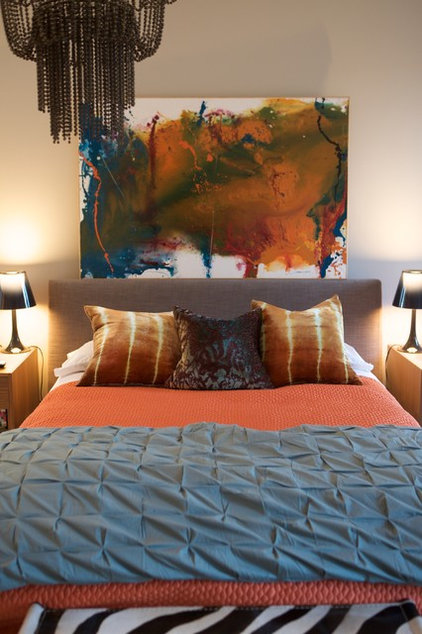
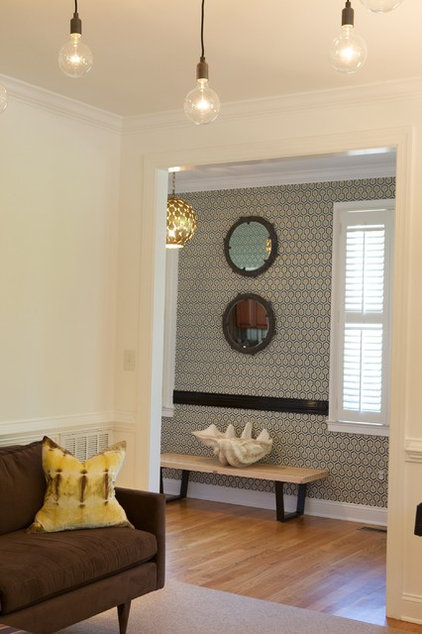
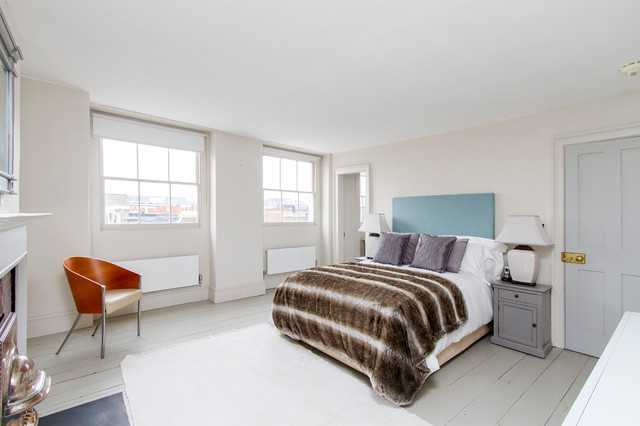
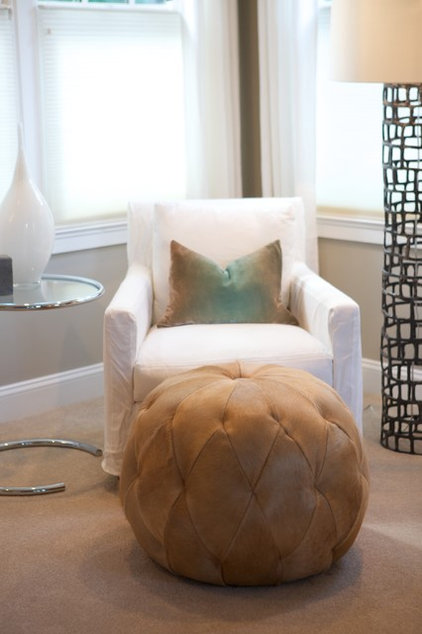
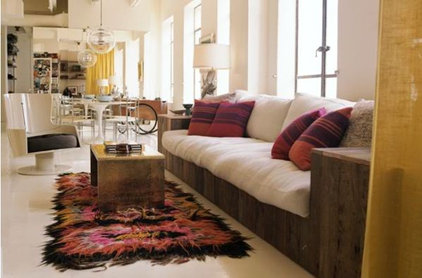
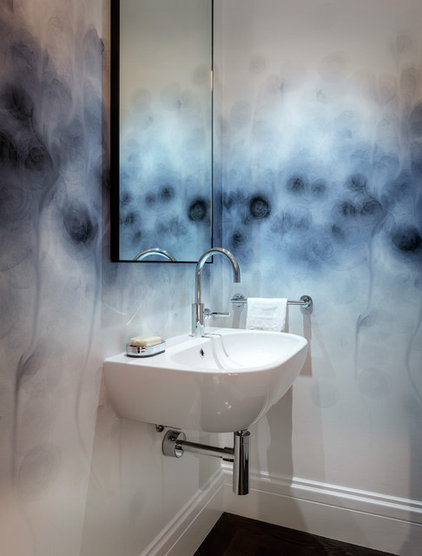
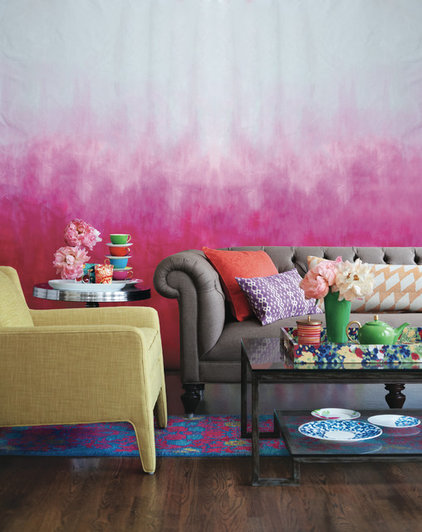
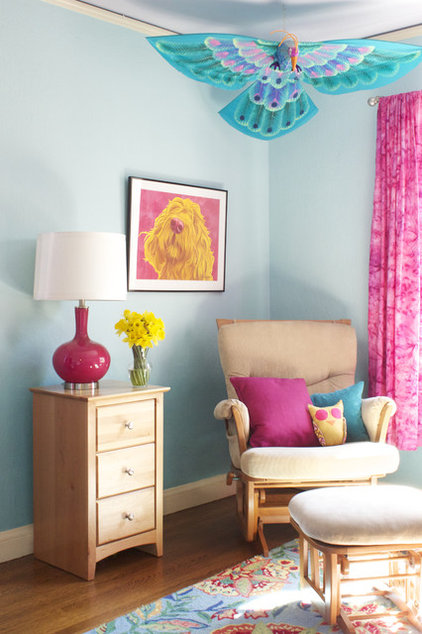
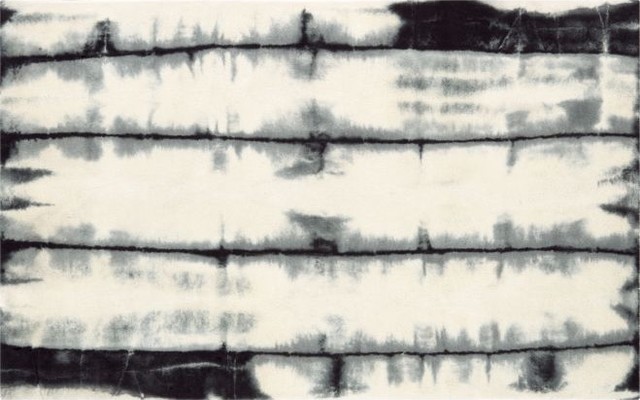
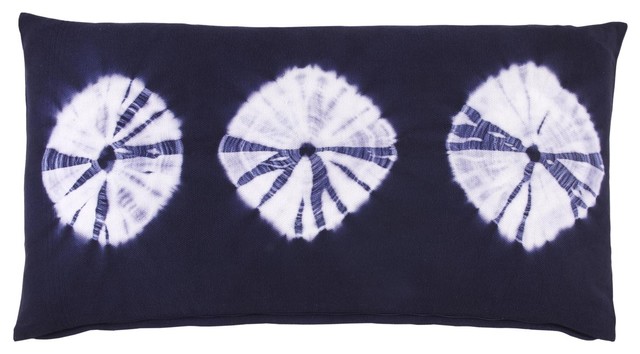
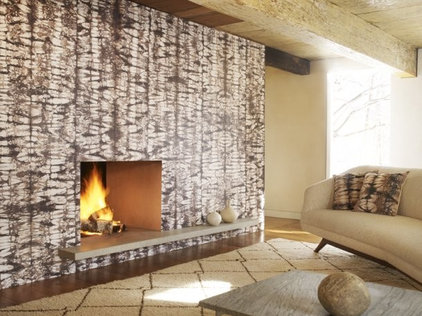
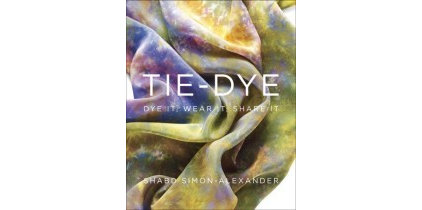
No comments:
Post a Comment